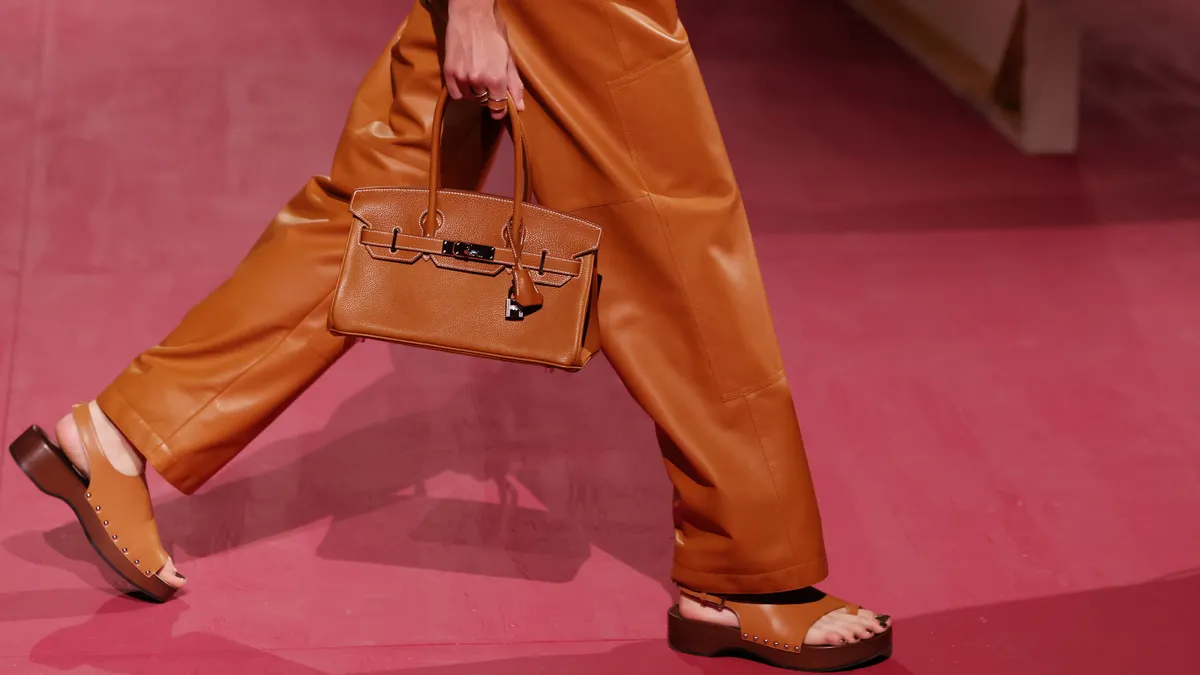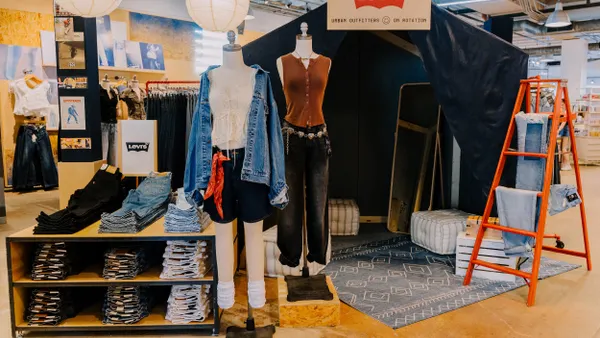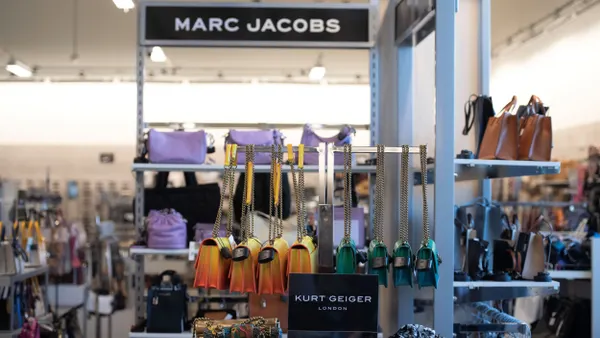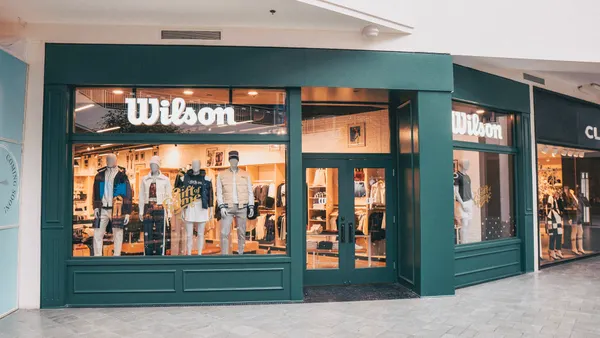Dive Brief:
- Hermès reported consolidated revenue of 8 billion euros, or about $9.2 billion, up 7% year over year for the first half of fiscal 2025, according to a Wednesday release.
- Second quarter revenue rose 5.6% to 3.9 billion euros, representing a slowdown from a 9% year-over-year increase in the first quarter and from the nearly 18% revenue uptick seen in the last quarter of fiscal 2024.
- All geographies reported overall first half revenue increases, although regional growth was more moderate in Q2 than in recent quarters. Leather Goods and Saddlery posted an 11.3% increase for the half, but watches were down nearly 9% for the period.
Dive Insight:
While luxury firms, such as Kering and LVMH, have reported revenue declines amid sector difficulties, Hermès continues to post year-over-year increases.
“Hermès has consistently focused on scarcity, craftsmanship, and brand equity, rather than chasing aggressive volume growth,” Yanmei Tang, an analyst at research firm Third Bridge, said in emailed comments. “Its approach appears well-suited to a market where high-end consumers are becoming more selective and emotionally connected to brands.”
In Europe, revenue was up 10.7% to 1.8 billion euros for the first half, although second quarter revenue in France grew only 4.1%, down from 14.2% growth in the country in the first quarter. In the Middle East, revenue rose 16.3% to 362 million euros.
The Americas were up 9.5% to 1.5 billion euros, with a 6.3% increase in the second quarter that came despite the company’s price increases in the U.S., which Hermès instituted to offset tariffs. On a call with analysts, Axel Dumas, executive chairman of Hermès, said that the company was waiting for more clarification on the new U.S./EU tariff structure, but for the moment the company did not plan any additional price increases.
Asia was up 4.2% to 4.4 billion euros in H1, mainly due to a 17.6% year-over-year uptick in Japan. The Asia-Pacific region excluding Japan was up only 1.5% for the first half, and nearly flat in the second quarter.
“The solid first-half results across all regions reflect the strength of the Hermès model,” Dumas said in the release. “I would like to thank all our customers for their trust and all our employees for their commitment. We will continue to invest and recruit to ensure the group’s sustained success.”
Tang said that while the overall luxury market in China is cooling, Hermès has avoided heavy promotional campaigns and has not overextended itself in terms of product range or store expansion.
“The brand’s disciplined retail strategy and selective investment in China are also paying off,” Tang said. “Rather than flooding the market, Hermès has maintained a focused footprint and high store productivity. Our experts say this has helped the brand avoid the fatigue now visible in some of its competitors.”
Tang said that looking ahead, Hermès may be better positioned to weather market volatility than some of its peers, which are undergoing leadership changes or restructuring.
“Hermès is expected to maintain internal stability over the next three to five years,” Tang said. “This continuity, combined with its ability to execute targeted product launches and deepen relationships with existing clients, may allow the brand to continue gaining market share even in a flat or slow-growth environment.”











